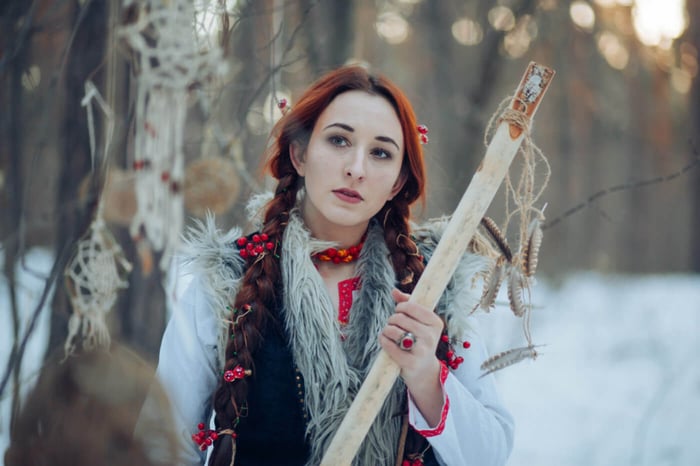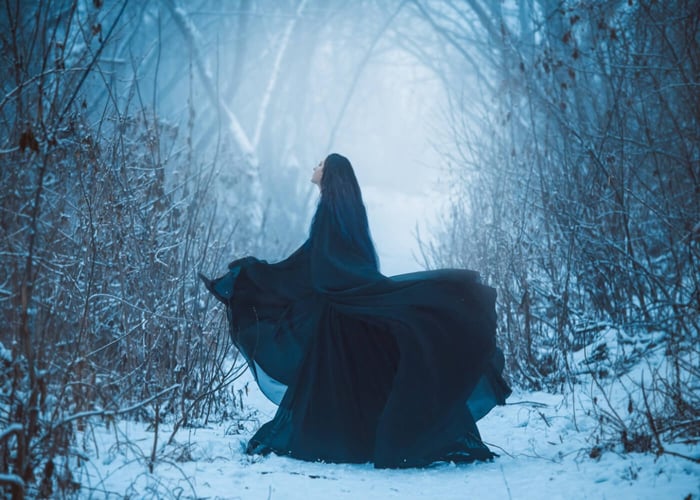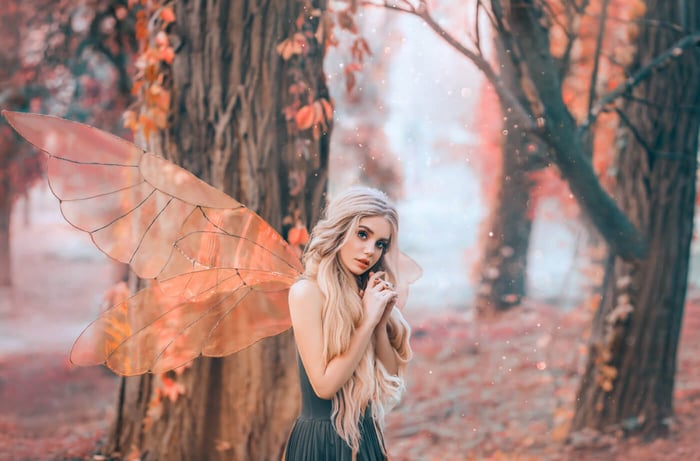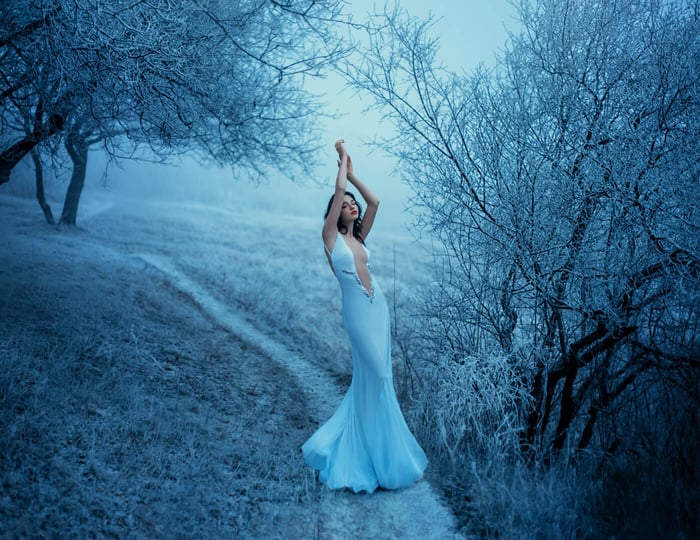As you wander through the woods of Russian folktales, you may come to a hut that belongs to the witch of great legend and lore, Baba Yaga.
If you were to part the boughs of a great pine tree, soft snow or pine needles underfoot, you might see the house that stands on chicken legs, and the skulls at the gatepost. The skulls filled with soft candlelight.
The house continually moves, spinning, and is often filled with her two sisters who are also named Baba Yaga.
Baba Yaga comes to us from Slavic folklore and is well known in Russia and across the world.
Her name translates loosely to old woman or grandmother, baba, and wicked or snake, yaga.
Baba Yaga is a character of strangeness and duality. She is both a comforting wise character, and a frightening symbol at the same time. In her duality, Baba Yaga teaches us an important lesson. Identity is not zero sum.
She either assists those that stumble across her path in the deep of the pine forest, or attempts to eat them.
She is a crone woman who rides a mortar through the forest, which she drives with a pestle, and is often found riding alongside death as they search the forest for newly lost souls.
Sometimes she is associated with bringing storms, and strong tempests, and sometimes she is associated with the energy of mother earth. Her mercurial state infuses each story she steps or flies into.
One of the most famous folk tales of Baba Yaga is Baba Yaga and Vasilisa the Beautiful.
In this story, Vasilisa lives with her evil stepmother and step sisters after her mother passes away. She keeps a doll from her mother in her pocket.
The doll acts as a source of wisdom and intuition, and often guides the girl through her daily chores.
The stepmother and step sisters frequently conspire against the beautiful Vasilisa. And so one day, they send her away for fire. They know she will have to go to the hut of Baba Yaga to ask for one of the skull laterns at her gatepost and they also know that Baba Yaga is famous for eating her visitors “as one eats chickens.”
Baba Yaga forces Vasilisa through meaningless tasks such as separating grains of rice from wheat kernels and tells the girl she will not let her go until she does what the old witch says.
The doll helps Vasilisa, by calling upon the creatures of the woodland to help with the tasks. When Baba Yaga sees that the tasks have been completed, she agrees to give the girl the skull lantern.
When she returns, the skull causes a fire, burning the evil stepmother and stepsisters to ashes.
As the story goes, Vasilisa ends up marrying the Tsar and all is well.
If you come upon Baba Yaga in the woods, treat her with respect. Her witchcraft is that of legends, as is her special variety of magic.
Ways to Work with the Energy of Baba Yaga:
Follow Your Own Intuition
The doll in the tale of Vasilisa and Baba Yaga is said to represent intuition and initiation. The doll helps Vasilisa navigate her time with the witch Baba Yaga. This story can teach us to listen to our inherent wisdom as we develop our magickal practice.
Connect with Your Crone
Baba Yaga, in her age and wisdom, teaches us to connect to our inner crone. Do automatic writing around the archetype of Crone, meditate on your own inner Crone, and think about how to work with the Crone in your own life.
Embrace Contradictions
Baba Yaga is a witch filled with contradictions. How can you embrace your own contradictions? How can you learn to allow yourself to be a being of duality? Both wise and caring, but also a tempest in your own right.
Intention Paper Set

$ 11.00
This set includes 12 sheets of 4x4 handmade paper; one for each month of the year. 🤍 It's small size is perfect for candle magick, traveling or simple, quick spells. (Does not include candles or necklace. You can find the… read more








